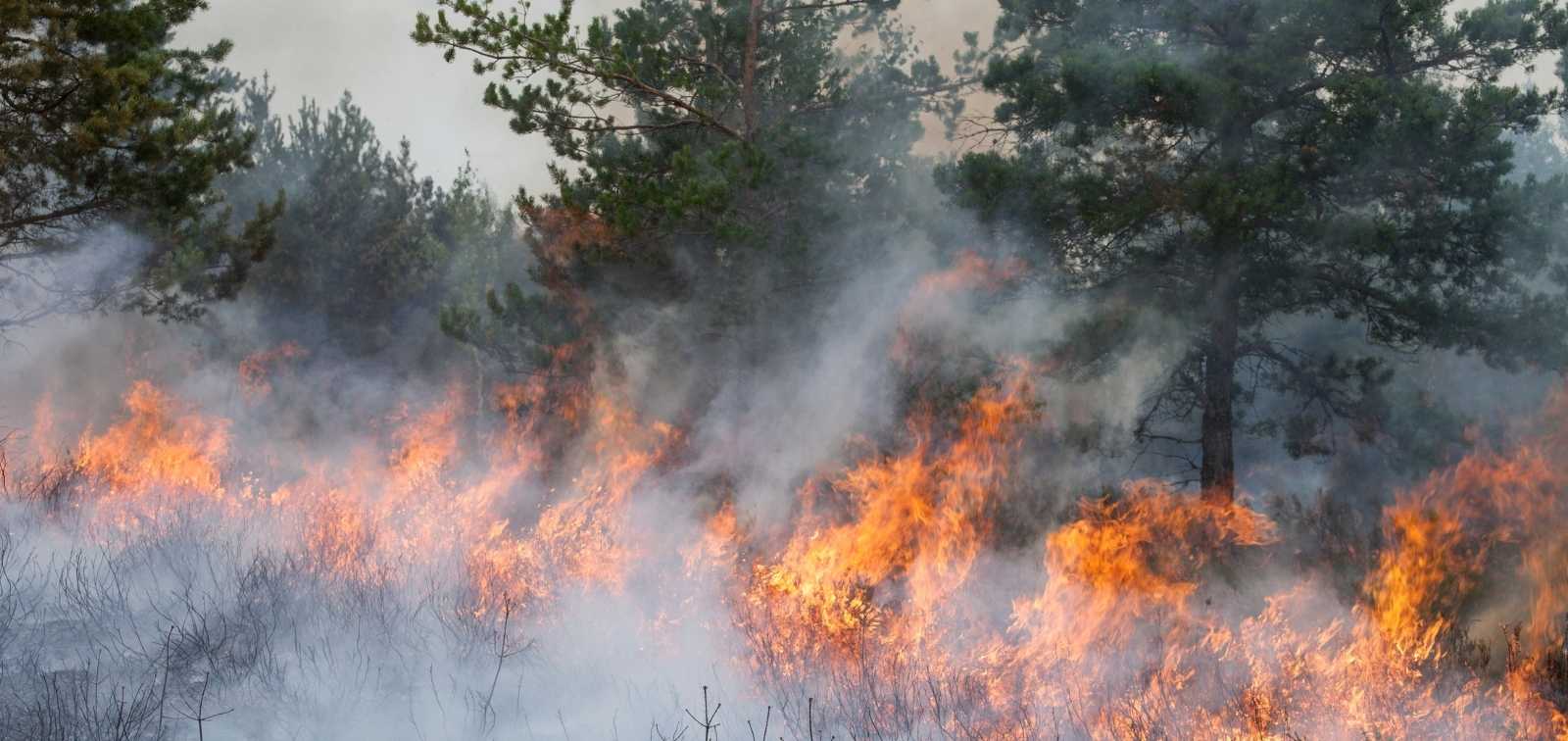Mortality Associated with Fine Particles from Wildfires May be Underestimated by 93%
A study provides solid evidence that wildfire-related PM2.5 poses a higher mortality risk than PM2.5 from other sources
14.08.2025
Wildfire smoke contains pollutants that are hazardous to health, including fine particles (PM2.5), which have been linked to increased mortality and morbidity. A new study by the Barcelona Institute for Global Health (ISGlobal), a center supported by the ”la Caixa” Foundation, provides strong evidence that PM2.5 from wildfires poses a greater mortality risk than non-fire-related particles. The results, published in The Lancet Planetary Health, also indicate that mortality associated with wildfire smoke may be underestimated by 93%.
The study, which is part of the CATALYSE project, was based on data from the EARLY-ADAPT project, which includes daily mortality records across 654 contiguous regions in 32 European countries, covering a population of 541 million people. The team combined this data with daily estimates of fire-related and non-fire-related PM2.5 from 2004 to 2022. To analyze the short-term mortality impacts of wildfire smoke, statistical models were used that account for lagged effects, as health problems may not manifest immediately. The analysis covered mortality from all causes, respiratory causes, and cardiovascular causes.
The results showed that exposure to higher levels of wildfire-related fine particles increased the risk of death in the seven days following exposure. Specifically, for every one microgram per cubic meter (1 µg/m³) increase in PM2.5 concentration, all-cause mortality rose by 0.7%, respiratory mortality by 1%, and cardiovascular mortality by 0.9%. Previous studies suggest that wildfire PM2.5 may be up to ten times more harmful than particles from other sources, such as traffic emissions.
Underestimated mortality
The study estimated that, during the study period, short-term exposure to wildfire-derived PM2.5 was responsible for an average of 535 annual deaths from all causes, including 31 from respiratory diseases and 184 from cardiovascular causes.
These estimates were made using specific data on how wildfire smoke affects health, allowing for a better calculation of its impact compared to other pollution sources. In contrast, when using a general value of risk for all fine particles (PM2.5), regardless of their origin, only 38 deaths per year from wildfire smoke were estimated. Therefore, assuming that wildfire PM2.5 has the same effect as total PM2.5 represents a 93% underestimation, as specific data showed actual mortality to be nearly 14 times higher. This difference highlights the importance of using risk data adapted to the type and source of the pollutant, especially in the context of increasing wildfire smoke exposure due to the climate crisis.
“Human-driven climate change is one of the main causes of the rising frequency and intensity of wildfires, as it creates favorable conditions for their spread and increases the number of days with very high or extremely high fire risk,” says Anna Alari, ISGlobal researcher and first author of the study. “Improving estimates of PM2.5-related wildfire mortality will help better track the burden of this climate change-related threat to public health,” she adds.
Differences Across Regions
The analysis shows some regional heterogeneity in the associations between wildfire-related PM2.5 exposure and mortality. In particular, Bulgaria, Romania, Hungary, and Serbia were the most affected countries. In contrast, some highly exposed regions in Portugal and Spain showed weak and imprecise negative associations.
“Possible explanations could be related to regional and national wildfire management and adaptation strategies. However, further studies are needed to identify the factors behind this regional variability,” notes Cathryn Tonne, ISGlobal researcher and senior author of the study.
Reference
Alari, A., Ballester, J., Milà, C., Benmarhnia, T., Sofiev, M., Uppstu, A., Hänninen, R., Tonne, C. Quantifying the short-term mortality effects of wildfire smoke in Europe: a multi-country epidemiological study in 654 contiguous regions. The Lancet Planetary Health, 2025.



